
Discover what the current average tree removal cost is based on different factors to know how much it will cost to take care of a dead or troublesome tree on your property.
Find a way to get rid of dead trees quickly


Dead trees don’t belong in your yard—they can become a hazard to other landscaping features and, let’s face it, an eyesore. So, what should you do with a dead tree? Taking the dead tree down is a vital step, but after that you have many options. Whether you want to start a wood-oriented project or get rid of the tree entirely, it’s time to pick a path. Let’s go over how to find your tree’s final destination.
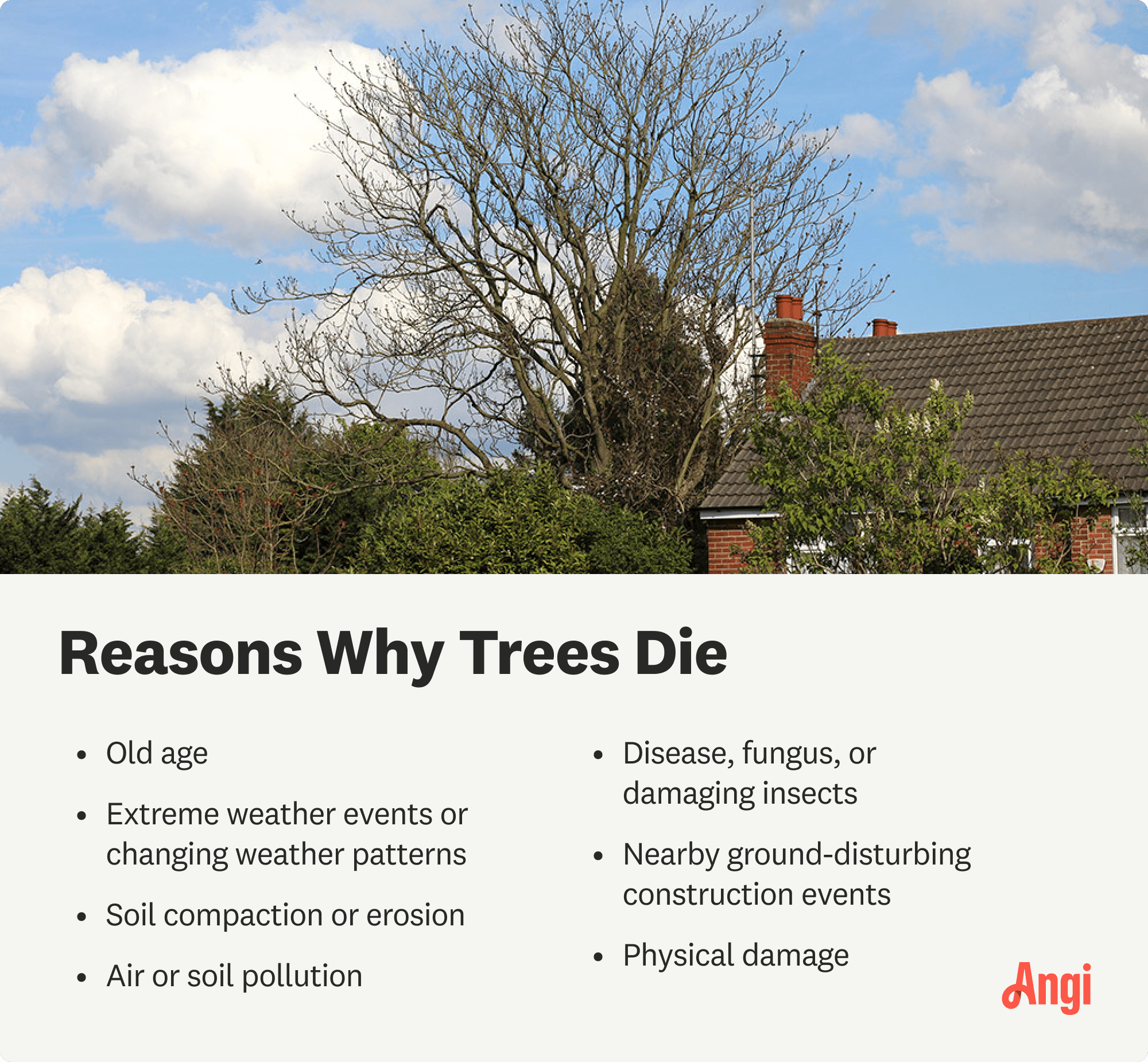
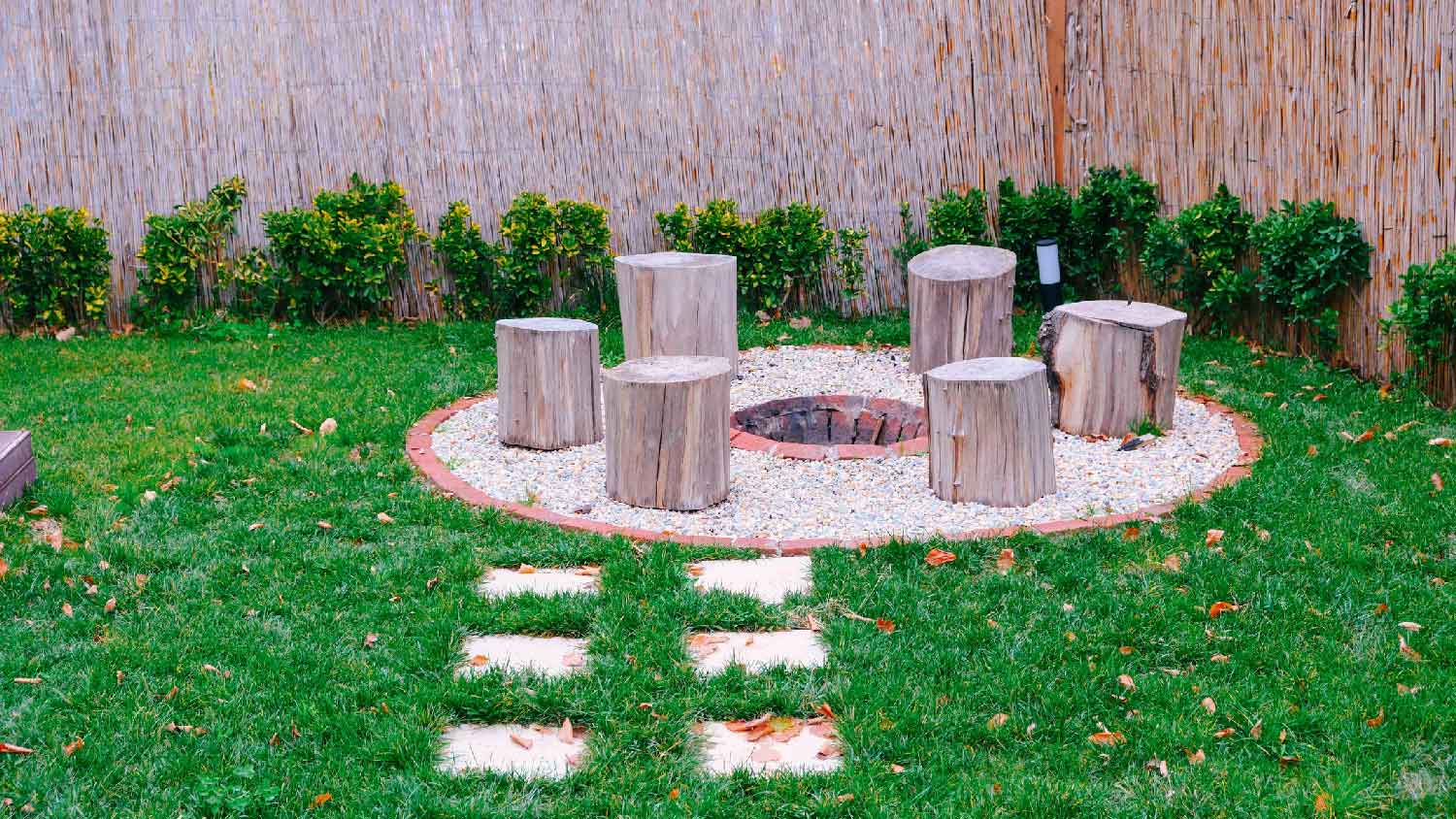
Instead of letting leftover trunk sections and tree limbs take up space in your trash or yard bins, consider repurposing them for a space-saving and environmentally-friendly alternative. Consider hiring a local tree maintenance service to help you remove and repurpose parts of your dead tree.
For a rustic theme, you can cut, strip, and sand attractive branches to use as wall decorations, borders in landscaping, and more. Give larger trunks the same treatment and use them as tables or bench seats.
Use woodworking skills to transform smaller tree branches or trunk slices into display platters, candleholders, book ends, and other indoor-friendly pieces for a perfect cabin style.
A dead tree can be transformed into a unique garden feature. You can carve it into a sculpture, hang bird feeders or lanterns from its branches, or use it as a trellis for climbing plants.
You can use dead tree limbs to create natural fences and privacy walls that both you and the local wildlife will enjoy. You can also fashion tree limbs into latticework, gates, or mounts. Positioning the branches in a tight weave can help hide a property eyesore, such as an outdoor AC unit.

If your dead tree is a large specimen and still has a lot of healthy wood, consider looking for a local tree service company that can mill the tree professionally to produce lumber you can use for projects. If you have experience in woodworking or turning lumber into art, this task could provide materials for years of fun DIY projects.
The milling service usually charges a labor fee per hour, plus a fee per board foot or “bf” that can range from $0.15 to several dollars or more, depending on the project. Keep in mind you may have to transport the wood yourself for milling.
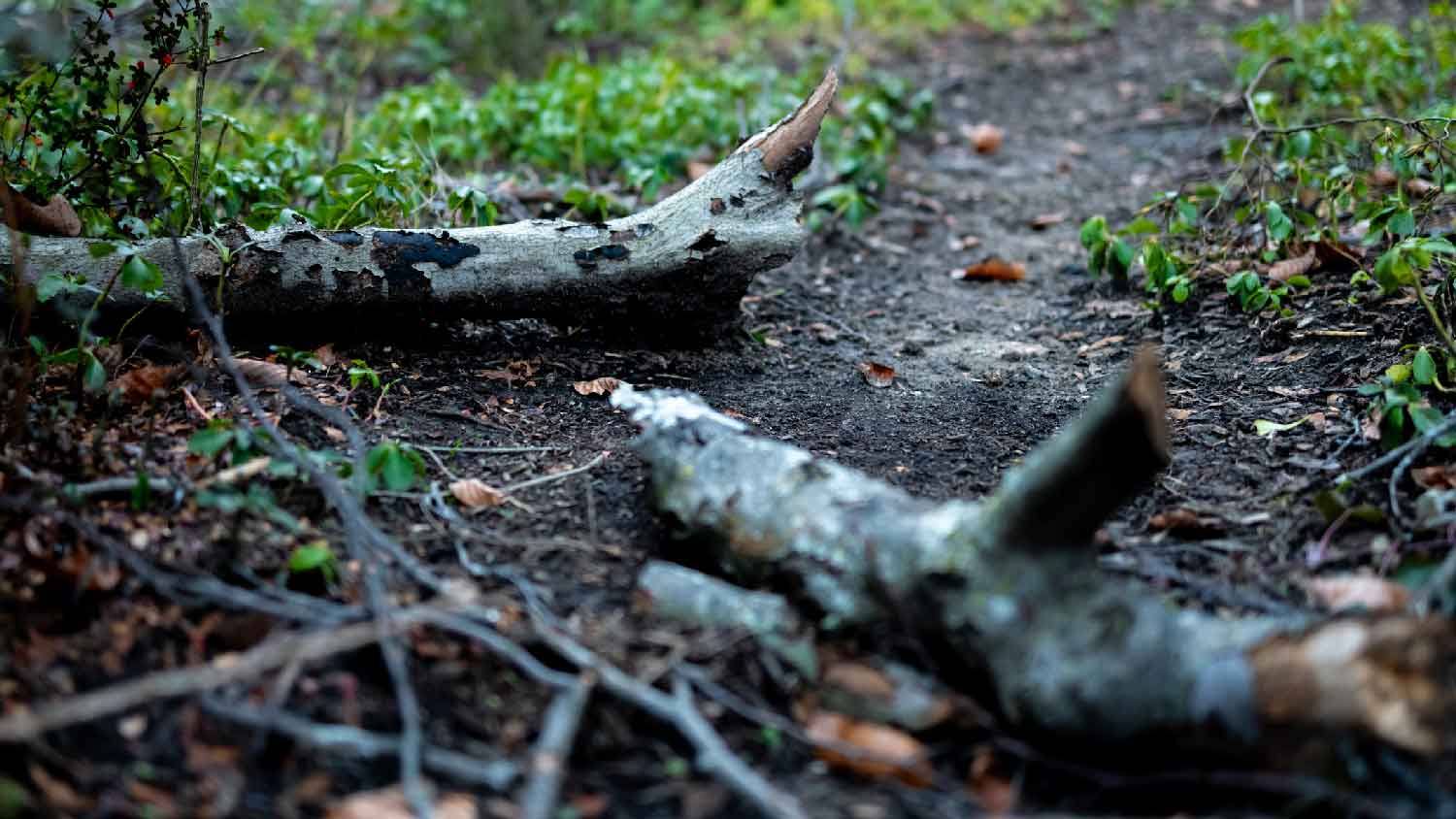
If you don’t want to use the dead tree for landscaping or projects, you can cut it down, transport it to a secluded spot, and let nature do its work. This option has more benefits than you may expect: When tree parts naturally decompose, they provide nutrients for the soil, safe spots for local wildlife, and a nurturing place for new growth. However, it’s not a process you want in your backyard, so you’ll need to find a local grove or forest where it can decompose legally and peacefully.
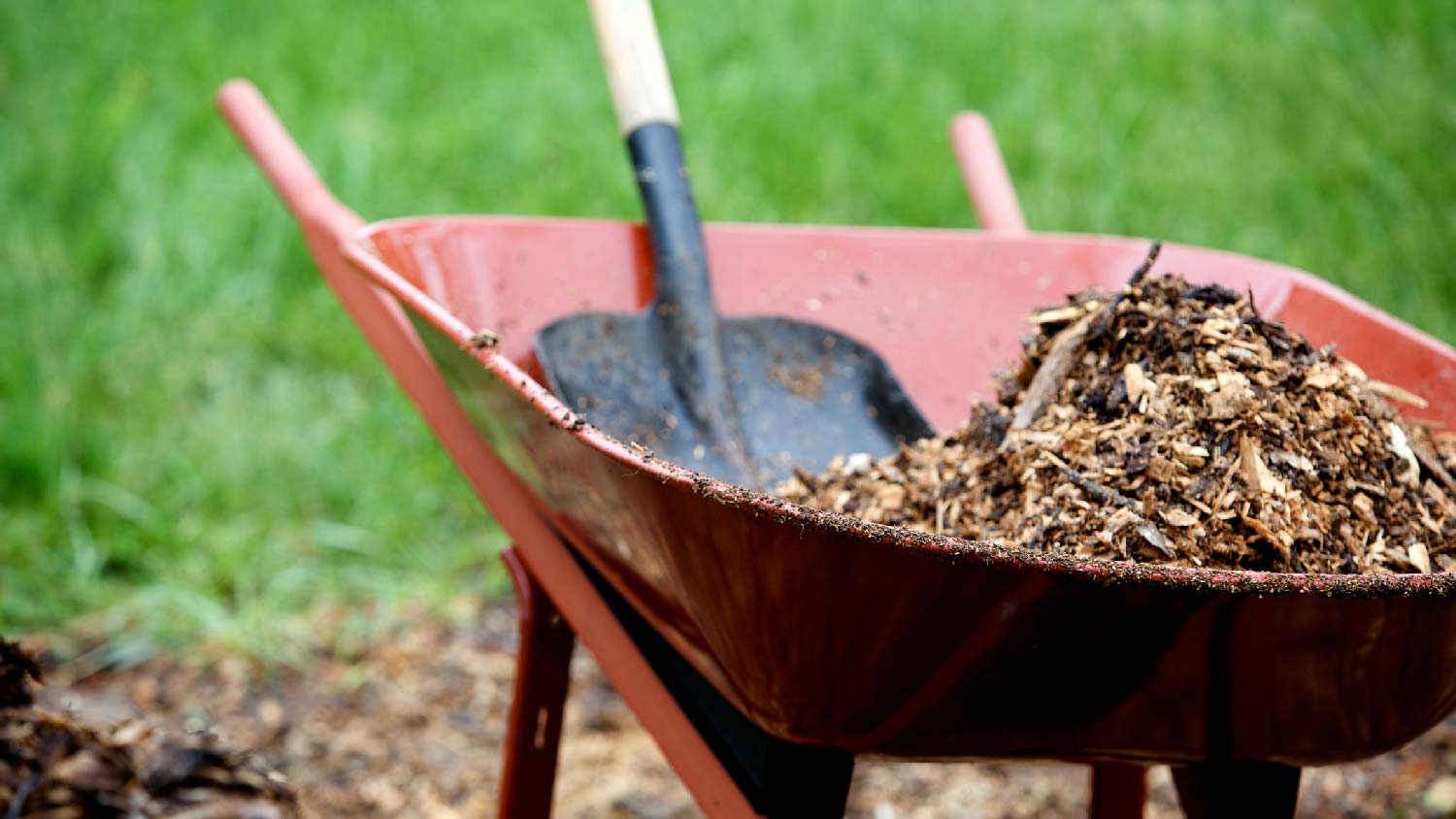
If the tree is still in good condition and free of disease, you can arrange to hire a professional tree service to turn it into mulch and use it for landscaping. That pile of mulch can help insulate plants over winter, brighten up garden paths or flowerbeds, and serve as an airy layer of protection around trees and shrubs.
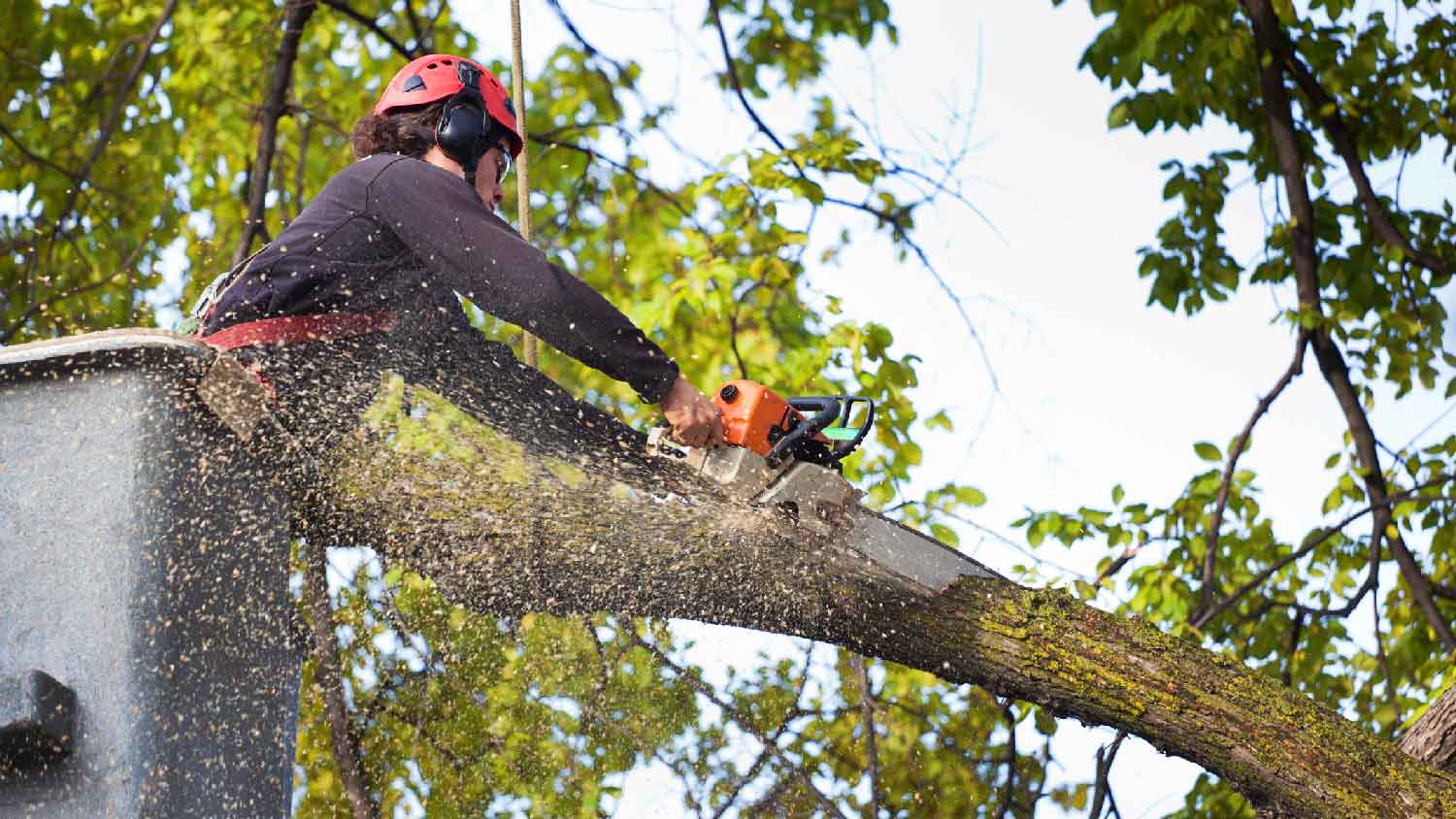
If the tree is posing a safety hazard due to its size or proximity to your home and other structures, it’s best to hire a local tree removal professional to remove it. Dead trees can become brittle and unstable, making DIY removal dangerous, so you should always hire a certified pro for this project.

If you’ve removed the tree but still have a stump left behind, consider stump grinding to remove it entirely. This process helps eliminate the stump from the surface, preventing it from becoming a tripping hazard or attracting pests. However, it can be dangerous to use a stump grinder without previous experience, so consider hiring a tree or stump removal professional for this task.
From average costs to expert advice, get all the answers you need to get your job done.

Discover what the current average tree removal cost is based on different factors to know how much it will cost to take care of a dead or troublesome tree on your property.

Trimming your bushes is one of the less costly aspects of landscaping, and it’s helpful to bundle many trimming services together to save money.

The cost to remove palm trees depends on several factors, including their size, location, and more. Our guide shows the average palm tree removal costs.

Tree stumps can take a long time to die and become suitable for removal. You can help out by applying Epsom salt and vinegar, a homemade option that works with patience.

Palm tree stumps can be an eyesore and may even attract pests. Learn the four methods for palm tree stump removal in this DIY guide.
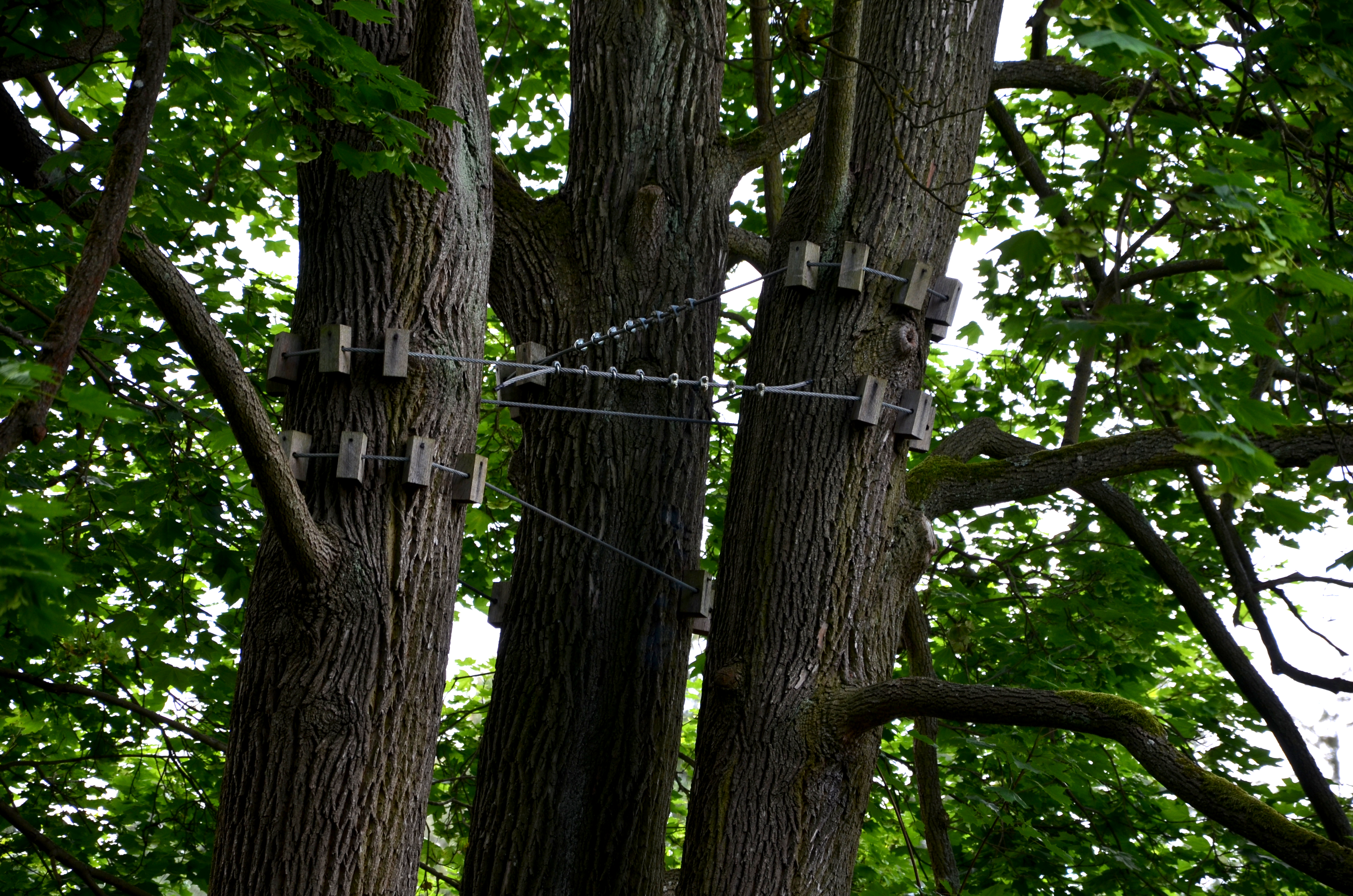
Cabling and bracing trees may help to increase longevity and prevent limbs from falling when trees are showing certain signs of distress.